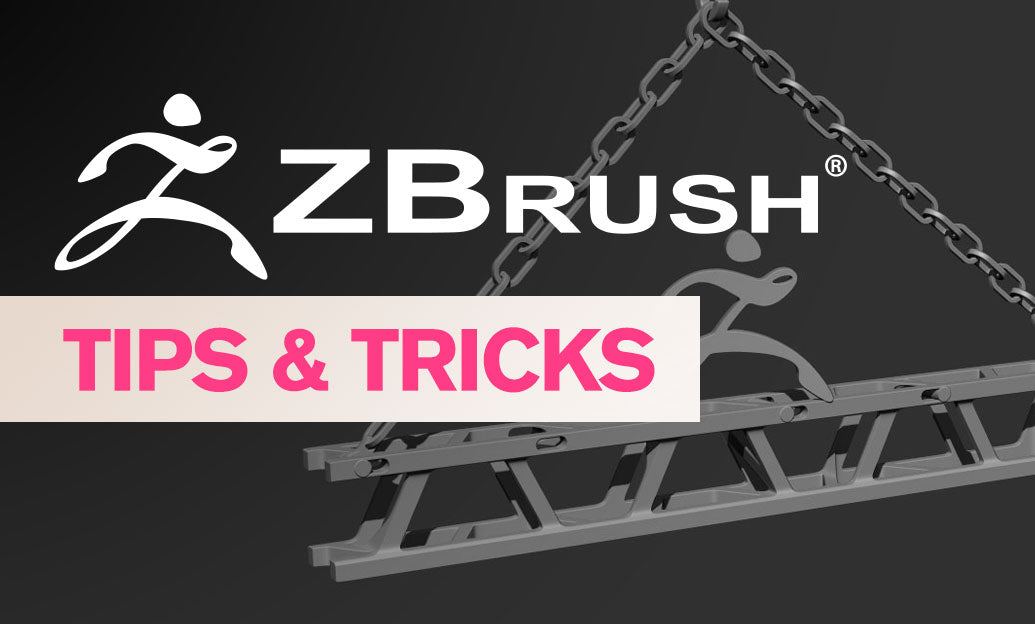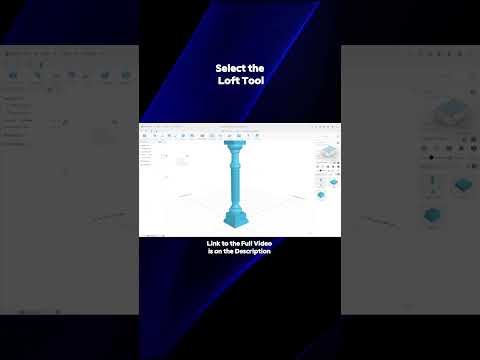Your Cart is Empty
Customer Testimonials
-
"Great customer service. The folks at Novedge were super helpful in navigating a somewhat complicated order including software upgrades and serial numbers in various stages of inactivity. They were friendly and helpful throughout the process.."
Ruben Ruckmark
"Quick & very helpful. We have been using Novedge for years and are very happy with their quick service when we need to make a purchase and excellent support resolving any issues."
Will Woodson
"Scott is the best. He reminds me about subscriptions dates, guides me in the correct direction for updates. He always responds promptly to me. He is literally the reason I continue to work with Novedge and will do so in the future."
Edward Mchugh
"Calvin Lok is “the man”. After my purchase of Sketchup 2021, he called me and provided step-by-step instructions to ease me through difficulties I was having with the setup of my new software."
Mike Borzage
Revit Tip: Mastering the Revit Interface: Essential Tips for Enhanced Productivity and Efficiency
June 21, 2024 3 min read

Welcome to today's tip of the day, where we'll guide you through navigating the Revit interface like a seasoned professional. Revit is a powerful Building Information Modeling (BIM) tool, and mastering its interface is key to improving your productivity and efficiency. Whether you're new to Revit or looking to enhance your skills, these tips will help you become a Revit pro.
- Customize the Ribbon: Revit’s ribbon is the strip of tools across the top of the window. Remember that you can customize the ribbon to suit your workflow by adding and removing tabs, panels, and tools. Tailor your workspace by right-clicking on the ribbon and choosing 'Customize User Interface' to make the tools you use most accessible.
- Use the Quick Access Toolbar: The Quick Access Toolbar, located at the very top of the interface, is your best friend for frequently used commands. You can add more functions to this toolbar by clicking the small dropdown arrow and selecting the commands you want to include for quick access.
- Project Browser Organization: The Project Browser is where you’ll find views, legends, schedules, and sheets. Organize this strategically by right-clicking on the views and using the 'Browser Organization' to set up sorting and grouping that make sense for your project. This will save time searching for the right view or drawing.
- Properties Palette: Get familiar with the Properties palette—this is where you modify the parameters of selected elements. It’s context-sensitive and changes depending on what’s selected. Dock it to the side of the screen for constant access.
- Minimize Contextual Tabs: Whenever you select an object, Revit opens a contextual tab with specific commands for that object. If you find these distracting, you can minimize them by clicking the small arrow on the far right side of the tabs.
- Keyboard Shortcuts: Keyboard shortcuts are invaluable time-savers. Pressing 'KS' in Revit opens the 'Keyboard Shortcuts' dialog box, where you can assign custom key combinations to your most-used commands.
- Use the ViewCube: The ViewCube in the top right corner of the drawing area allows you to quickly switch between 3D views and the 'home' view of your model. It's a great tool for navigating complex models.
- Search Feature: Use the search feature in the Project Browser to quickly find views, sheets, or families. Just start typing the name of the element you’re looking for, and Revit will filter the Project Browser to display matching results.
- Screen Real Estate: Maximize your screen real estate by toggling the visibility of UI elements. You can temporarily hide the ribbon, Project Browser, or Properties palette by double-clicking their title bars or using the thin arrow on the palette edges.
- Pin Elements: Pin elements you don't want to accidentally move. This can make it easier to navigate and edit your project without disrupting its structure.
For more in-depth tutorials and the latest tools to complement your Revit workflow, consider visiting NOVEDGE, a top reseller of CAD, 3D design, and modeling software with a comprehensive selection of products.
Mastering the Revit interface can significantly impact your project's efficiency and your comfort level with the software. Implement these tips to ensure you're getting the most out of your Revit experience.
You can find all the Revit products on the NOVEDGE web site at this page.
Also in Design News

💎 Rhino Artisan Arrives in Turkey: Revolutionizing Jewelry Design
February 27, 2025 1 min read
Read More
ZBrush Tip: Mastering Curve Surface for Unique Textures in ZBrush
February 27, 2025 2 min read
Read MoreSubscribe
Sign up to get the latest on sales, new releases and more …



